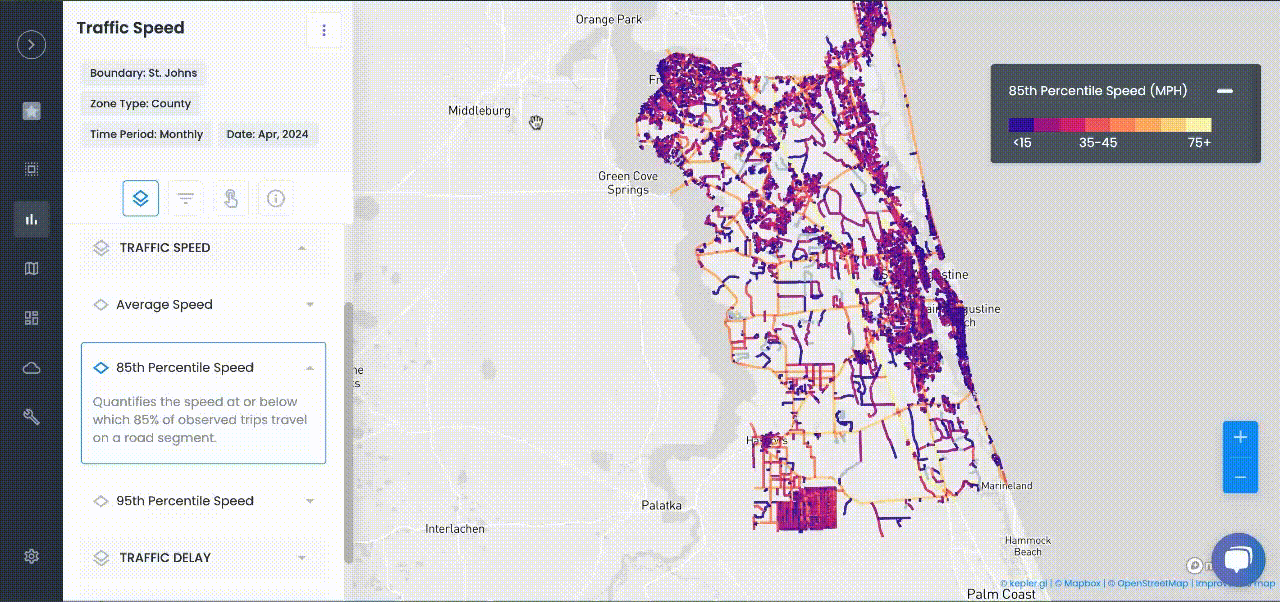
Articles
See how public sector leaders succeed with Urban SDK.

Transportation Planning
Winter Mobility Planning: How Traffic & Road Data Helps Cold-Climate Cities
See how traffic data help cities optimize snow plow routes, allocate resources efficiently, and keep roads safe during winter storms.
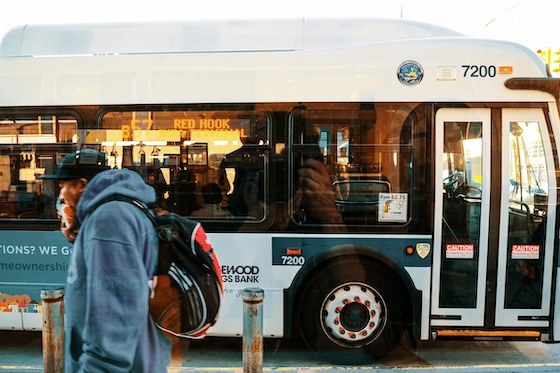
Congestion Management
Using Mobility Data to Keep Public Transit in Check and Make It Better
How mobility data helps transit agencies track on-time performance, optimize routes, improve reliability, and boost ridership.

Transportation Planning
Mobility Data for Climate Action: Measuring Sustainable Transportation Progress
Discover how data turns climate goals into measurable, sustainable transport progress.

Transportation Planning
How EV Infrastructure Planning Relies on Road and Traffic Data
Discover how planners use road and traffic data to design efficient EV charging networks.

Transportation Planning
Mobility Data Privacy: What City Agencies Need to Know in 2026
By 2026, cities must balance mobility data use and privacy. Learn key practices for geolocation data and complying with new privacy laws.

Traffic Volumes
Comparing Ways to Collect Data: GPS, Sensors, Crowdsourced, and Manual Counts
How cities collect mobility data using manual counts, fixed sensors, GPS, and crowdsourced methods to give better traffic insights

Transportation Planning
City Traffic Dashboards: Tips for Displaying Mobility Data
Learn how to design city traffic dashboards that display mobility data clearly for smarter urban planning

Transportation Planning
How to Use Road Segment Data to Prioritize Infrastructure Investments
How urban planners use detailed road segment data to prioritize infrastructure investments and make data-driven repair decisions.
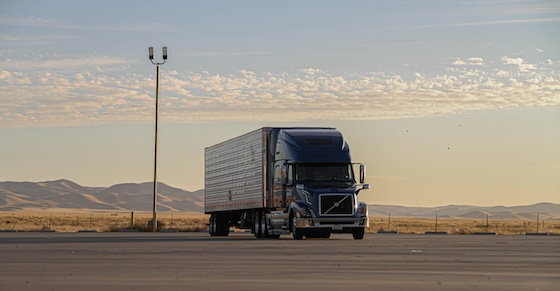
Transportation Planning
Traffic Data for Freight & Logistics: Key Metrics for Urban Planners
Essential metrics urban planners must track to manage freight flows, curb congestion and optimize city logistics
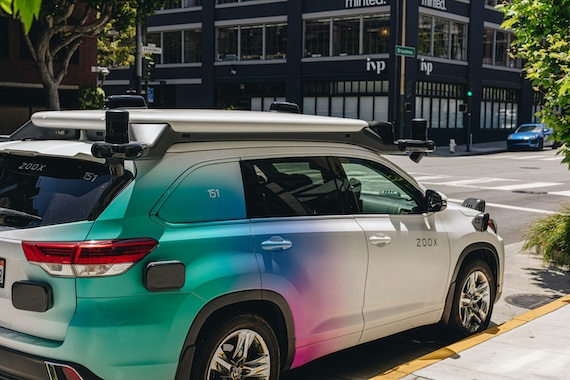
Transportation Planning
Improving Road Safety with V2X: How Connected Cars Prevent Crashes
See how V2X technology helps connected cars prevent crashes with real-time alerts, collision avoidance, and pedestrian safety features.
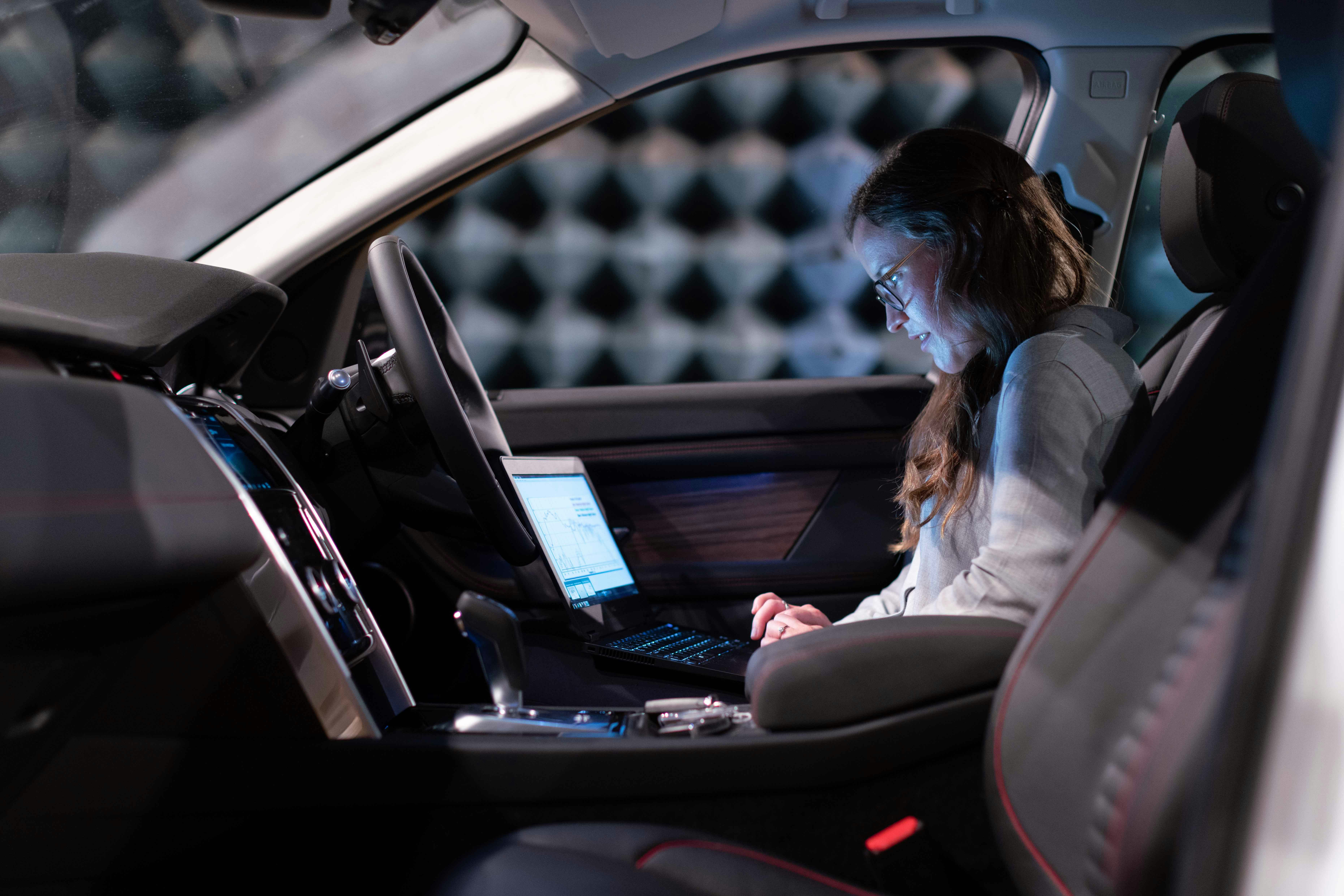
Transportation Planning
The Future of Self-Driving Car Legislation: What to Expect
Learn how agencies can prepare for the next decade of AV regulation
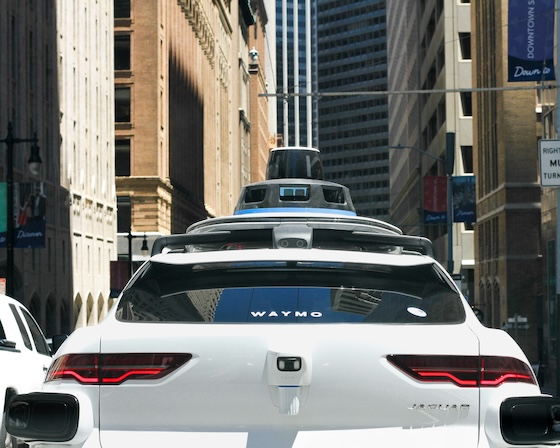
Transportation Planning
Preparing Cities for Autonomous Vehicles: Policy, Safety, and Infrastructure
Cities can prepare for self-driving cars with smarter infrastructure, traffic data, and safety analytics
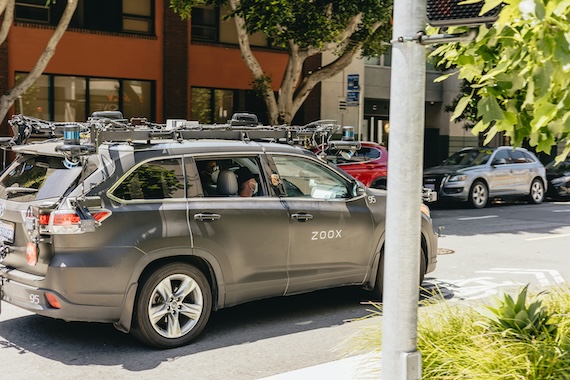
Transportation Planning
Safety and Liability: Key Challenges in Regulating Self-Driving Cars
Learn how governments and insurers are shaping the future of AV regulation.
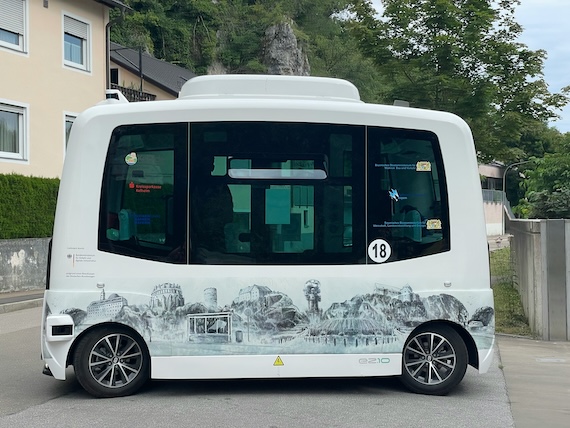
Transportation Planning
How Different Countries are Regulating Autonomous Vehicles
From Europe’s unified framework to Asia’s rapid pilots and the U.S.’s state-driven rules, explore the global landscape of AV regulations.
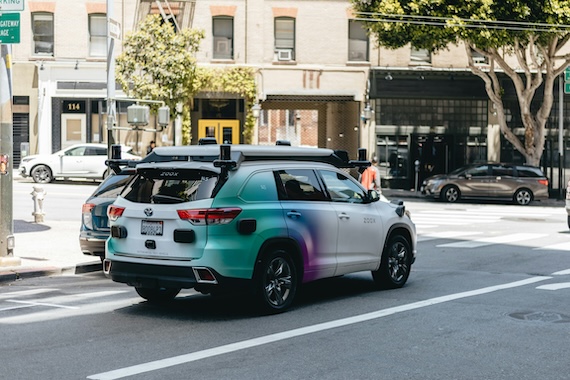
Transportation Planning
The Current State of Self-Driving Car Regulations in the U.S.
Learn how federal guidelines, state laws, and new bills in 2025 are shaping the future of autonomous vehicles.
WEBINAR
Identify speeding and proactively enforce issues
See just how quick and easy it is to identify speeding, address complaints, and deploy officers.
